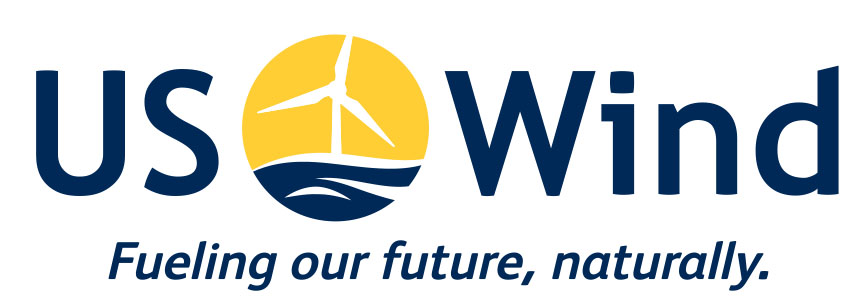The rise of clean energy jobs around the world
The renewable energy sector is a booming industry worldwide. It created more than 500,000 new jobs in 2017, and hit the 10 million mark in 2018, the first in history, according to a report by the International Renewable Energy Agency (IRENA). The United States, along with India, China, Germany, and Japan, are the world’s biggest employers of renewable energy, representing 70% of all jobs around the world.
Data from the IRENA report shows that Asia currently accounts for four-fifths of the renewable energy jobs globally, with China employing 4.1 million jobs in 2018, followed by Brazil at 1.1 million, the U.S. at 855,000 jobs, India at 719,000, and Germany at 291,000 jobs.
In 2018, the solar photovoltaic (PV) industry employs the most people, with 3.6 million jobs; 3.2 million in bioenergy; and 1.2 million in the wind industry. The rest, according to a Forbes report, were distributed across other industries like biogas and solar heating. The number continues to increase as costs continue to fall down, with more legislative actions enacted to create or strengthen environmental protection policies via shift to clean energy processes and technologies.
In the United States, employment in the renewable energy sector rose to 855,000 in 2018, with 311,000 jobs in the biofuels, 242,000 in solar, and 114,000 in wind. Renewable energy initiatives continue to garner significant support not just from state governments, but also from various industries.
Major businesses in the country are breaking records, as more become powered by wind and solar at a level that competes with utilities in purchasing renewables, impacting not just environment and driving the economy, but also shaping the way we consume power responsibly. Tech giant Intel, Kohl’s department stores, the National Hockey League, Walmart, and Apple are just some of the companies that support the efforts to promote a safe, sustainable future.
The Bloomberg New Energy Finance (BNEF) further reports that smaller companies are now joining the fray, “34 new companies signed their first clean energy PPAs [in 2018], making up 31% of total activity in the U.S. These firms are aggregating their electricity demand to reap the economies of scale from larger solar and wind projects. In many cases, they benefit from partnering with a bigger, more experienced buyer – known as an anchor tenant – who can offer a stronger balance sheet and expertise on accounting and legal nuances when signing a PPA.” BNEF’s head of corporate sustainability Jonas Rooze adds, “these initiatives have created an entire new universe of opportunity for utilities, clean energy developers, and investors.”
